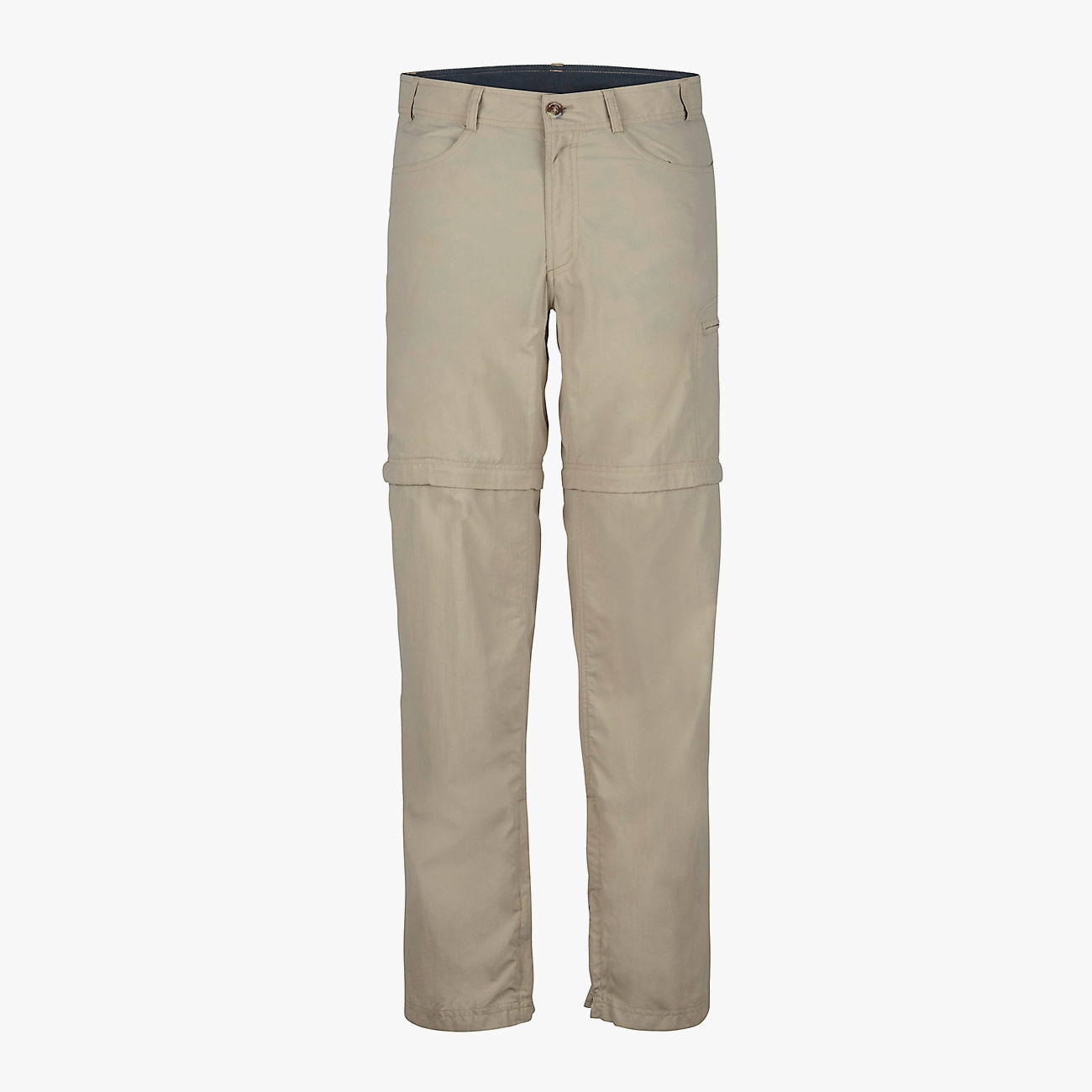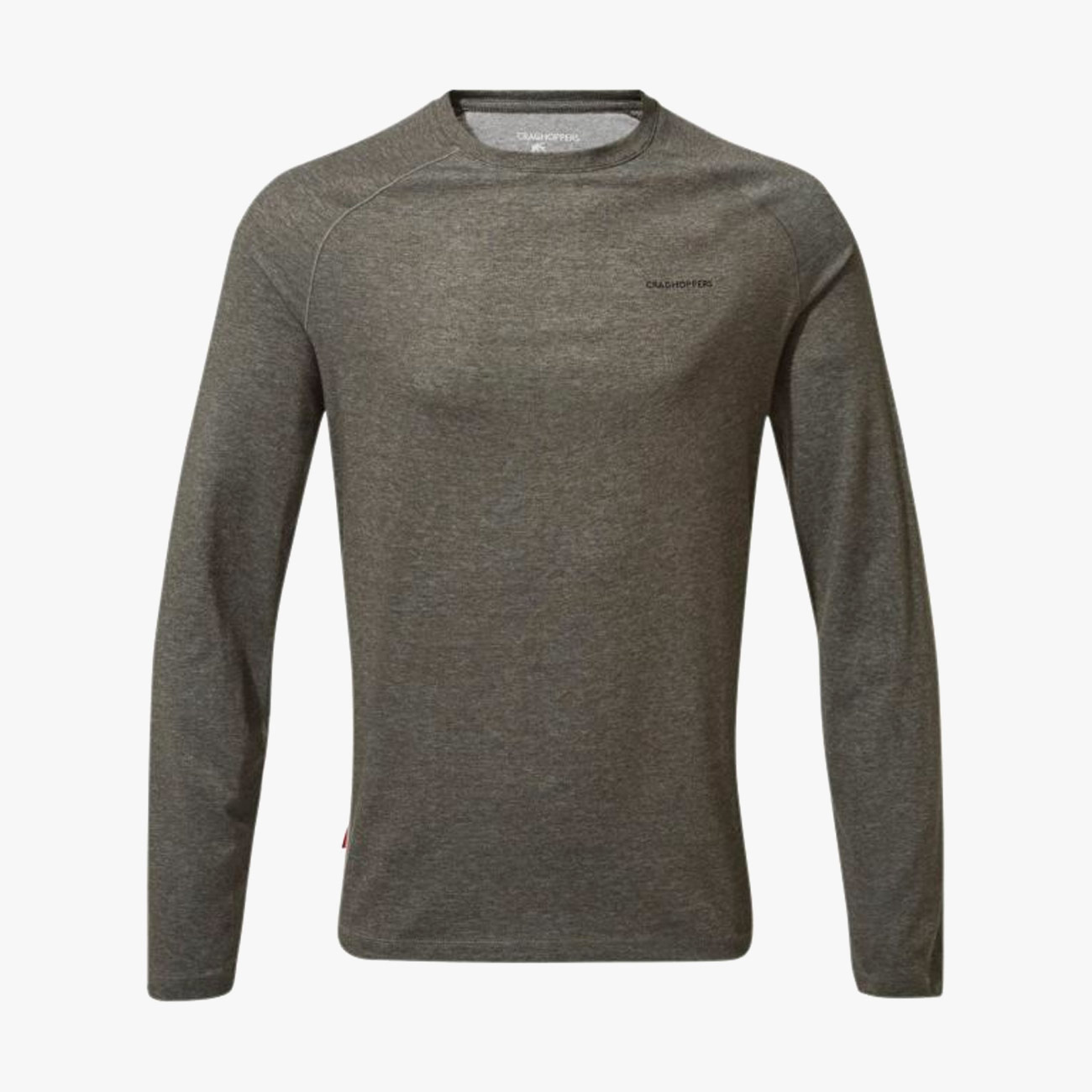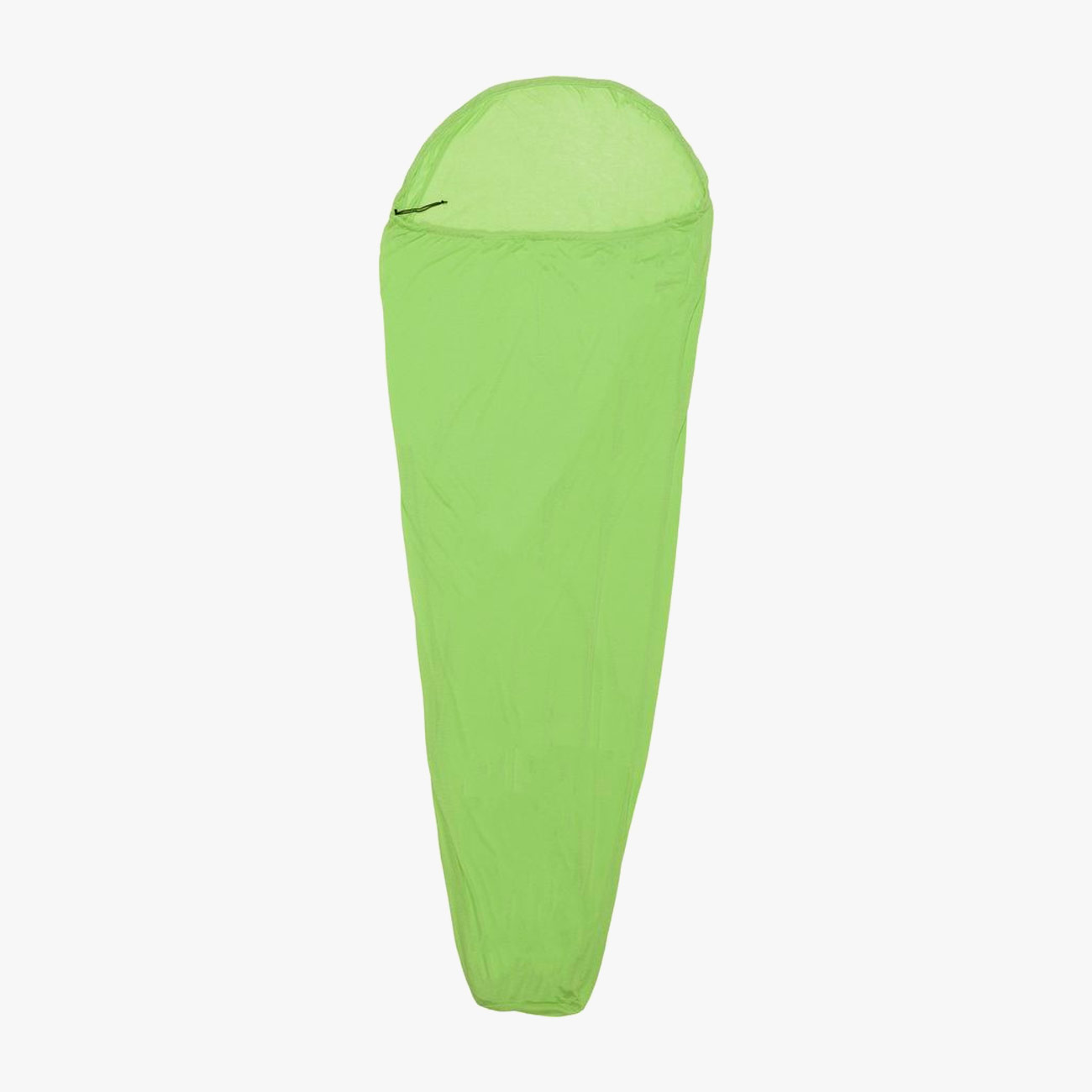Every year, around 30,000 cases of Lyme disease are reported to the Centers for Disease Control and Prevention (CDC), but the agency estimates actual cases are closer to 300,000, making the illness one the fastest growing infectious diseases in the United States. That doesn’t mean you should stay inside until winter though; armed with a little knowledge and the right gear, you can enjoy yourself in the woods this summer without fretting over ticks.
What Is Lyme Disease?
Lyme disease is caused by the bacterium Borrelia burgdorferi, which is carried by the blacklegged tick (commonly known as deer ticks) and transmitted to humans who are bitten. Areas where Lyme is endemic include the Northeast and Midwest, where 14 states account for 96 percent of cases reported to the CDC. But due to climate change and other factors that researchers are still trying to understand, blacklegged ticks are carrying Lyme disease farther than ever as they spread across the country.
In the early stages of infection, Lyme symptoms include headaches, joint pain and, in some cases, a bullseye rash. Typically, a round of antibiotics clears that up, but in some cases it can be challenging to treat and symptoms can persist, progressing to chronic fatigue and arthritic pain. It can disrupt cognitive functions too.
This year in the Northeast, Lyme disease risk may be less than average, says Rick Ostfeld, a senior scientist with a focus in disease ecology who studies ticks and Lyme at the Cary Institute of Ecosystem Studies. “Risk is defined by an abundance of infected ticks crawling around,” he says. “That is based on how many white-footed mice there were in those same woods last summer.” (White-footed mice are the main host of blacklegged ticks and a carrier of nasty diseases like Lyme, as well as Powassan and babesiosis.)
Ostfeld says his prediction doesn’t cover the Midwest, where Lyme cases have risen in recent years. “People should be aware that every year is risky and this expectation doesn’t mean they should stop protecting themselves by using tick checks and repellents,” he said.
How to Prevent Tick Bites
Preventative measures like repellents are your best bet to prevent contracting Lyme disease. Bug sprays containing DEET are effective against ticks, but the most effective option is permethrin, a synthetic version of pyrethrum (a natural insecticide derived from the chrysanthemum flower) that actually kills ticks, mosquitoes and other biting insects. It’s applied directly to clothes or gear and, when it bonds to the fabric, it lasts for weeks or years, depending on the application. When permethrin is dry it’s benign to humans; it’s non-toxic and registered for use by the Environmental Protection Agency (EPA).
There are two ways you can get your hands on permethrin. One is from Sawyer, which manufacturers permethrin sprays that you can apply to clothing and gear. “Go out in a well-ventilated area and spray all of your gear, from backpacking and hunting gear to chairs that you sit on in the backyard,” said Kelsey Myers, Lyme Disease Awareness Director for Sawyer. One application lasts up to six weeks or six washings.
Another option includes purchasing clothing and gear that has been treated with permethrin by Insect Shield. While the company does sell tick-repelling gear, it also treats apparel for brands like ExOfficio, Sea to Summit and others. You can also mail your clothes to Insect Shield and it will infuse them with permethrin and send them back. Insect Shield’s treatment lasts up to 70 launderings.
By far the easiest way to arm yourself with anti-tick clothing is to buy it pre-treated. Below, you’ll find options for permethrin-equipped outdoor gear to ensure you are protected from ticks this summer. Even with this apparel, you should always check yourself for ticks after wandering in areas known to be infested.
What to Wear to Protect Against Ticks
ExOfficio BugsAway Sol Cool Ampario Convertible Pants
Hikers looking for versatility and tick protection should consider ExOfficio’s BugsAway Sol Cool Ampario Convertible Pants. An Insect Shield coating kills ticks on contact, while the lightweight nylon fabric offers UPF 50 sun protection and antimicrobial properties that reduce odors. You’ll stay cool on hot days with moisture-wicking fabric, and there’s the option to unzip the legs off to convert them 8.5-inch shorts. Even with these features, plus three zip pockets for storing essential gear, the pants weigh under 12 ounces.
Craghoppers Bayame II Long-Sleeved T-Shirt
In areas where ticks are abundant, maximum skin coverage is necessary to prevent bites. The Craghoppers Bayame II Long-Sleeved T-Shirt limits exposure but still keeps you cool with a lightweight polyester and cotton blend. It offers UPF 15 sun protection at only 6.5 ounces.
Sawyer Insect Repellent
If you don’t want to replace a well-stocked closet full of gear, Sawyer’s permethrin spray lets you protect it all. In addition to clothes, treat any outdoor equipment like camp chairs, sleeping pads or bags, backpacks and shoes. You can’t apply it directly to your skin like bug spray — permethrin only works when it dries and then bonds to fabric, but you can apply the repellent to dogs (not cats though; it’s toxic to them until it dries). Treated gear will offer odorless protection for six weeks or six washings.
ENO Doublenest Hammock
This ENO Doublnest Hammock is treated with Insect Shield, adding an extra layer of bug protection while you camp high above the forest floor where ticks live. Weighing slightly more than a pound but with a 400-pound capacity, the Doublenest is over six feet long and offers enough room for two people. The 70-denier nylon construction is breathable and fast drying, and attaches to trees with a high-tenacity webbing strap and included aluminum carabiners.
Outdoor Research Bugout Gaiters
Many ticks find their way to a human host from the ground, which makes your shoes the first line of defense. The Outdoor Research Bugout Gaiters with Insect Shield cover hiking boots and up above the ankle, preventing ticks from continuing up your leg. These durable gaiters also keep muck and rocks from filling your hiking boots. Made of abrasion-resistant, breathable nylon, a large pair weighs 44 ounces and has plenty of functional features, including elastic top and bottom hems, reinforced boot lace hooks and a Hypalon instep strap.
Sea to Summit Adaptor Coolmax Liner
The Sea to Summit Adaptor Coolmax Liner infused with Insect Shield permethrin, combined with nightly tick checks, will work to keep the bugs out of your tent at night. Beyond that though, the liner is a great warm weather sleeping option, either on its own or as a bag liner, due to its moisture-wicking properties. The mummy size weighs under nine ounces while the rectangular tops out at 11.6 ounces, and both come with an included Ultra-Sil stuff sack.
Buff CoolNet UV+ Insect Shield
The Buff CoolNet UV + Insect Shield will kill ticks that make it up to your head, where the pesky insects often attach behind ears or on the scalp where they’re almost impossible to find. According to Buff, there are more than 12 ways to wear the CoolNet, including as a hairband, headband, do-rag, neckerchief and balaclava. Buff used polyester made of 95 percent recycled water bottles to make it and included both UPF 50+ sun protection and odor control technology.











